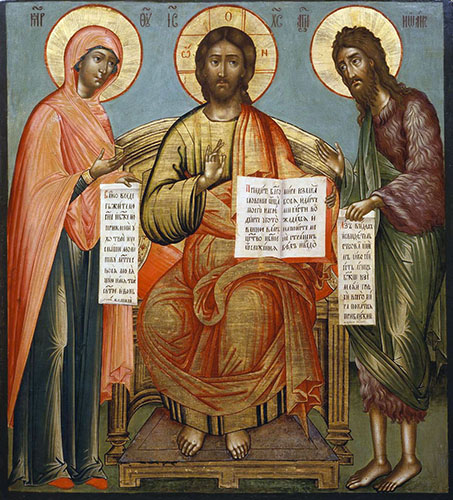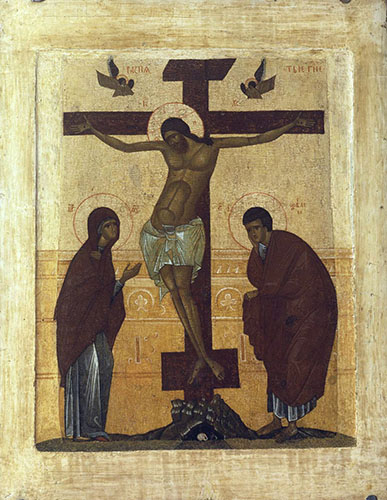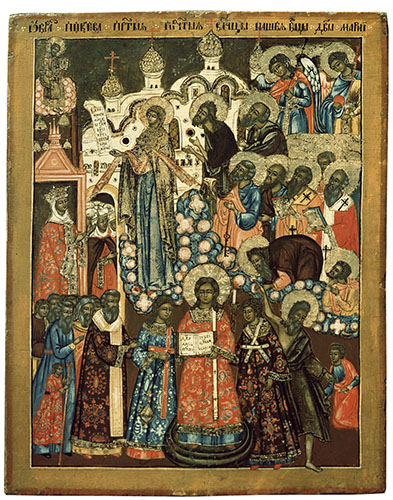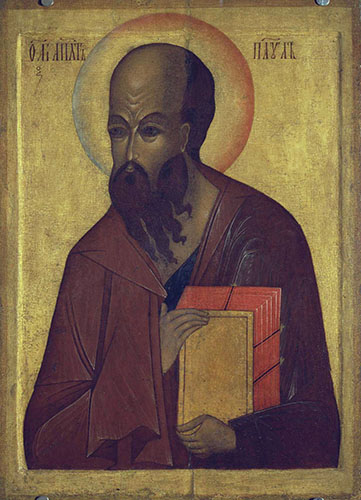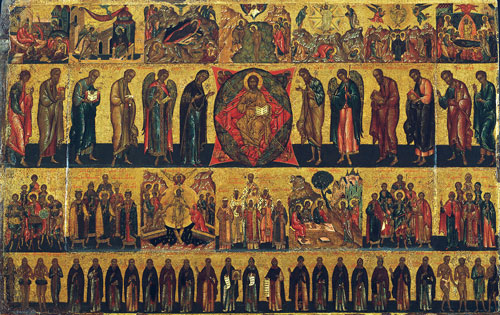On the day of Pentecost (c. 33 A.D.), the Holy Spirit descended upon the Apostles in Jerusalem. After witnessing the Apostles’ preaching, 120 believers gathered to create the first Christian church. Not long after this, Christ’s Disciples continued their missionary efforts throughout the world, starting churches in Antioch, Alexandria, Ephesus, Constantinople, and elsewhere throughout the eastern Roman Empire. These churches were, and still are, what we now call the (Eastern) Orthodox Church.
The Orthodox Church was and is the original Christian Church. She wrote, compiled and canonized the Holy Scriptures. She formulated the dogmas of the Faith into one ecumenical creed that all Christians believe. And she preserves the Traditions passed down to her by the Apostles themselves, remaining largely unchanged to this day. In other words, the Orthodox Church has an organic and continuous nearly 2,000-year history spanning from the Apostolic Age to the present. Every Christian community in existence can trace their history back to the Orthodox Church.
Of extraordinary importance is the following: in Christ’s Orthodox Church, the Holy Tradition, ever living and life-giving, comprises: the holy liturgy, all the divine services, all the holy mysteries, all the holy virtues, the totality of eternal truth and eternal righteousness, all love, all eternal life, the whole of the God-man, the Lord Christ, the entire Holy Trinity, and the entire theanthropic life of the Church in its fullness. – St Justin Popovich
The Orthodox Church believes the Seven Ecumenical Councils are the ultimate touchstones of church authority, as they outline the essential elements of the Christian Faith. The original model for a Church Council is found in the Acts of the Apostles, where the Church was faced with questions Jesus had not dealt with directly (e.g. whether Gentile converts required circumcision). The Council of Jerusalem argued the question, prayed, and announced its decision with the words “it seemed good to the Holy Spirit and to us… (Acts 15:28).
The Orthodox emphasis here is on conciliarity and harmony of faith, rather than allegiance to a central authority. No Orthodox bishops have supreme authority like the Pope does in Roman Catholicism; they all possess equal authority. While there is an Ecumenical Patriarch, he is merely “first among equals,” with limited jurisdiction.
To sum up, the Orthodox Church is a beautiful treasure hidden in plain sight. Her doctrines are pure, her goal unchanging. But we have barely skimmed the surface of understanding what the Orthodox Church is. The Church is not just its chronological history, but also its beliefs and Traditions. We could read all the books in the world about Orthodox Christianity, and yet still not fully understand it. In order to understand the Orthodox Church, you must experience it. It is a way of life you must live, not a building you go to once a week. If the Orthodox Church intrigues or speaks to you, consider visiting a local parish and exploring the faith further. You will be amazed just how much a simple visit can teach you. If you find yourself in the Columbus area, we welcome you to visit and worship with us!
Learn More

